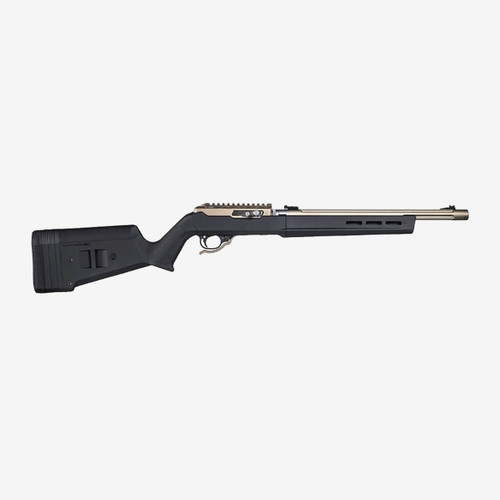1. The Optimized Carrier Key Screw. Sharp, deep, effective knurling all the way to the top of the head, plus 12 splines. Measured over the splines, the diameter takes up any clearance space between screw head diameter and counterbore diameter. The splines essentially are pockets for carrier key metal to flow into when staking takes place, giving a gear-tooth-like engagement.
2 Three OCKS™; and, on the left is what in my experience is by far the most commonly used carrier key screw outside the high-end manufacturers. Maybe, maybe not a bad screw in other applications but note the indistinct, ersatz knurling. The top edges of the head are devoid of knurling and have a very rounded, polished-looking surface, making it nearly impossible for even a good staking job to get a grab on the screw head. Of the many, many AR15s seen with carrier key screws that have come loose, the vast majority had this Asia-sourced brand of screw.

3. What they look like staked. Notice how the staked metal has flowed around and into the splines giving positive, even visually-confirmed, metal-to-metal engagement. It’s actually even better than it looks since this carrier key has a pretty generous chamfering of the counterbores. Carrier key metal has formed into the splines from the sides and even downward from the top.
4. Carrier key sectioned without having first removed the screws, so that staked material is not wiped or deformed. Flow and engagement with the splines can clearly be seen. Metal has moved into the splines from the side and over the top. Also, engagement with the knurling is positive.

Original post on m4carbine.net can be found here: https://www.m4carbine.net/showthread.php?195130-On-loose-carrier-key-screws
OCKS is sold as a pair (2 screws). The torque value for OCKS is 50-58 in/lbs.
If you're looking for a tool to properly stake OCKS, please visit Ned's site http://www.m-guns.com/tools.php








